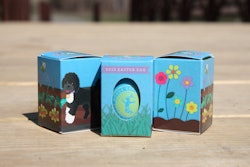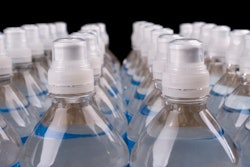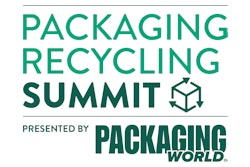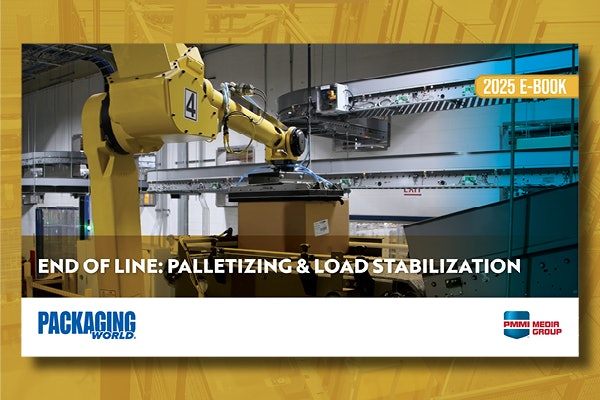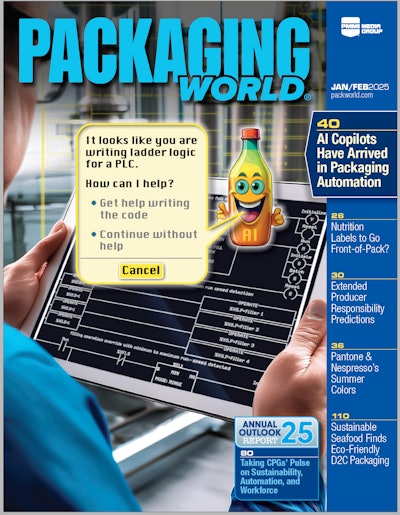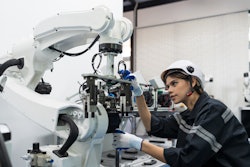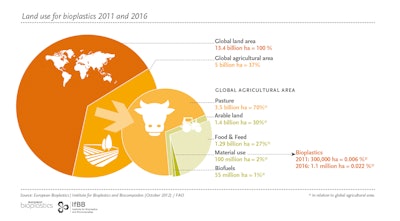
The surface required to grow sufficient feedstock for today’s bioplastic production is less than 0.006% of the global agricultural area of 5 billion hectares. This is the key finding published by European Bioplastics, based on figures from the Food and Agriculture Organization of the United Nations (FAO) and calculations of the Institute for Bioplastics and Biocomposites (IfBB, University Hannover, Germany).
In a world of fast-growing population with an increasing demand for food and feed, the use of feedstock for non-food purposes is often debated controversially. The new brochure “Bioplastics - facts and figures” published by European Bioplastics, is said to move the discussion on to a factual level.
Of the 13.4 billion hectares of global land surface, around 37% (5 billion hectares) are currently used for agriculture. This includes pastures (70 %, approximately 3.5 billion hectares) and arable land (30%, approximately 1.4 billion hectare).
This 30% of arable land is further divided into areas predominantly used to grow crops for food and feed (27%, approximately 1.29 billion hectares), as well as crops for materials (2%, approximately 100 million hectares, including the share used for bioplastics), and crops for biofuels (1%, approximately 55 million hectares).
European Bioplastics market data depicts production capacities of around 1.2 million tonnes in 2011. This translates to approximately 300,000 hectares of land use to grow feedstock for bioplastics. In relation to the global agricultural area of 5 billion hectares, bioplastics make use of only 0.006%. Metaphorically speaking, this ratio correlates to the size of an average cherry tomato placed next to the Eiffel Tower.
No competition to food and feed
According to European Bioplastics, a glance at the global agricultural area and the way it is used makes it abundantly clear: 0.006% used to grow feedstock for bioplastics is nowhere near being in competition with the 98% used for pastures and to grow food and feed.
European Bioplastics notes that increasing the efficiency of feedstock and agricultural technology will be key to assuring the balance between land use for innovative bioplastics and land for food and feed. The emergence of reliable and independent sustainability assessment schemes will also contribute to this goal.




